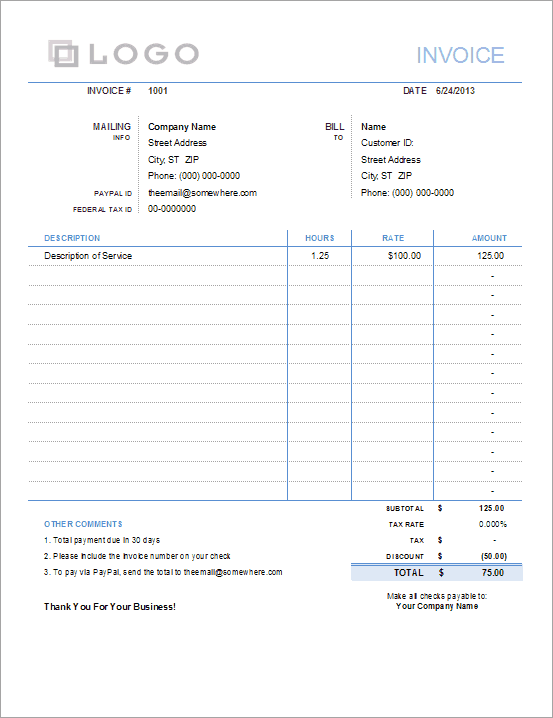Content

Since this is an expense, you subtract this amount from your cash balance. We must make adjustments to the balancing figure obtained from the above statement. https://quick-bookkeeping.net/do-insurance-payouts-have-to-be-counted-as-income/ The adjustments include drawing and extra capital added during the Year. A business with fewer employees may opt for a single-entry system.
In this system of cash-based bookkeeping, there are no proper fixed rules or principles applicable for determining profits and preparing financial statements. Therefore, it is easy to maintain records as per this system. The cash basis records only cash transactions, i.e., all the expenses paid in cash and all the revenues that have been received in cash. No credit transactions are recorded in cash basis accounting system. This means that there are no records of income receivables and expenses payable.
Single-entry bookkeeping
Due to incomplete records, proper appraisal of the financial position of a business is impossible. In turn, various important ratios such as the operating cost ratio and gross profit ratio cannot be computed. Compared with the double-entry system, a single entry system has no standardization, and there is no uniformity between the different businesses following the same method. Each business maintains accounts as per its convenience and requirements. Single entry records can even be written down, if updated and maintained properly. You may still see some very small businesses recording entries this way in a journal.
- On the whole, “single entry is that which which is not double entry”.
- Furthermore, the number of transactions entered as the debits must be equivalent to that of the credits.
- It is suitable for small businesses because they cannot afford the cost of double entry system.
- The cash basis of accounting is suitable for the professionals such as lawyers, doctors, etc.
- Double-entry accounting records each of a company’s financial transactions twice, as corresponding debits and credits.
Contrary to double-entry transactions, which demand expertise, single-entry transactions are straightforward and don’t require in-depth account knowledge. Single-entry systems keep incomplete records, whereas double-entry systems capture both sides of the record. A double entry system requires a much more detailed bookkeeping process, where every entry has an additional corresponding entry to a different account. Consider the word “double” in “double entry” standing for “debit” and “credit”. The two totals for each must balance, otherwise there is an error in the recording.
Preparation of trial balance
New impersonal accounts need to be opened through total of the subsidiary books. For example, with the total of sales book and purchase book, sale account will be credited and purchase account will be debited, vice versa in case of returns. For every accounting transaction, everyone does not follow the principle of double entry system of accounts. Some of the small business units do not keep their books of accounts as per double entry system. In simple words, single entry system of accounts mean — the business unit, which does not follow the principle of double entry system.
We record only one facet of the business transactions in the books. Consequently, it does not include Nominal and Real accounts in the books. For this reason, it’s additionally called “Accounts from Incomplete Records”.
Preparation of Statement of Affairs
Keeping accurate financial records of your transactions is essential for your business’s growth. Tasks such as preparing a budget, checking for tax compliance, and evaluating business performances; can help your decision-making. When a business sells a good using single-entry accounting, the expenses for the good are recorded when the business purchases the good and the revenue is recorded when the business sells the good. Above entry will be a base entry to open all new books under the double entry system of accounts and all the future transactions will be booked according to the double entry system as explained earlier.

Single entry system is an economical system of recording financial transactions. It does not require hiring skilled accounting personnel to record financial transactions of the business. It does not consider the two aspects of all the financial transactions.
Bookkeepers can enter and pass all transactions in conformity with the double-entry system. Given that this process makes incomplete records complete, a trial balance can also be prepared, which is useful for the trading account, profit and loss account, and balance sheet. Double-entry accounting records each of a company’s financial transactions twice, as corresponding debits and credits. With double-entry accounting, every entry to a given account requires a corresponding, opposite entry to a different account.
What are types of single entry system?
Single-entry accounting systems are of three types. These include; pure single-entry, where only personal accounts are considered; simple single-entry, wherein personal and cash accounts are created; and quasi-single-entry, wherein cash, personal, and subsidiary accounts are maintained.
This system also provides better accuracy and is more effective in preventing fraud or mismanagement of funds. The size of the business and the amount of income and expenses that it incurs will really help it determine whether a single entry system is appropriate or whether something more detailed is needed. The firm has few financial transactions (Imagine that orthotic company, it’s likely they have only a half dozen transactions in a given day due to the nature of its business). Single entry systems are strictly used for manual accounting systems, since all computerized systems utilize the double entry system instead. The main advantage of a single entry system is its absolute simplicity. It requires a minimal number of entries, and a low knowledge of accounting standards.
This could affect revenue for the organization and its ability to continue to operate. There is much less information available upon which to construct the financial position of a Single Entry System Definition business, so management may not be fully aware of the performance of the firm. Double-Entry by Akaunting helps minimize errors and increases the chance of having balanced books.
- Under this system, balance sheets cannot be prepared as there is an absence of a ledger and trial balance.
- This is done for every transaction a company is involved in.
- Pure Single Entry System − Personal accounts like sundry debtors and sundry creditor’s accounts are maintained, but real and nominal accounts are not opened under this system.
- When the competition gets serious, the edge goes to those who know how and why real business strategy works.
- Checking of the arithmetical accuracy is possible in a double entry system through preparation of trial balance, whereas it is not possible under a single entry system.
Tax laws also recommend Double Entry System to record transactions. Although a person should be professionally skilled to maintain records as per this system. Moreover, due to the complexity of this system, it is time-consuming too.






